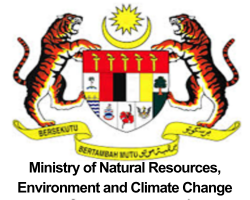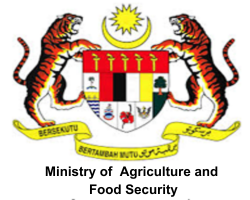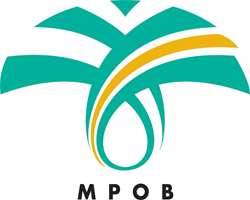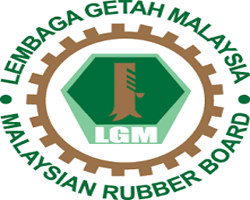Jr., Edward A. Gribi (1973) Tectonics and oil prospects of the Moluccas, Eastern Indonesia. Bulletin of the Geological Society of Malaysia, 6. 11-16.. ISSN 2637-109X
Full text not available from this repository.Abstract
The greater Moluccas are bounded by the Pacific and Indian oceanic plates and the greater Australian and Sunda continental crustal plates or shelves. The effect of their opposing movement is a giant counterclockwise sworl. The island arcs within this pattern are parts of subduction zones between the opposing plates. The Sorong transform left lateral fault resulted from these forces and offset remnants of the West Irian shelf terrane at least 700 kilometers westerly to the Sula Islands. Fossil subduction zones are present in the form of melanges including a persistent zone extending in an “S” pattern from Timor through Ceram. Buru. and Sulawesi. The age of emplacement of this zone in part is post-Lower Miocene pre-Middle Pliocene. Sedimentary rocks of pre-Pliocene to Permi an age occur notably in Timor and the Sula Islands. In most localities they are deformed and indurated to the extent of making them economic basement. Plio-Pleistocene linear sedimentary basins follow the ” S” trend and reach a maximum of 3.000 meters in thickness in northeast Ceram and Timor. Rocks include deep water claystones. shelf and lagoona l clays. bar and beach sands. and barrier coral reefs. Oil seeps occur on Ceram. Timor. and Buton (asphalt) mostly from Plio-Pleistocene rocks. Oil is produced at Bula. Ceram. from Pleistocene bar and shoreline sands in stratigraphic traps. A recent development at Bula has established prolific production from an extremely permeable Pleistocene reef. The data suggest that oil accumulation per unit volume of sediments is abnormally high in the Plio-Pleistocene. Reasonable extrapolation indicates that major oil fields may be found in prospecting the “S” trend. Most likely traps will be stratigraphic with accumulations in beach. bar. and turbidite sands and reef limestones. Prospects also exist in other than Plio-Pleistocene in other portions of the Moluccas. Prospecting for these subtle elusive traps may be rewarding if geologists exchange certain negative prejudices for a positive optimistic approach in combination with good imaginative geology.
| Item Type: | Article |
|---|---|
| Creators: | Jr., Edward A. Gribi |
| Title: | Tectonics and oil prospects of the Moluccas, Eastern Indonesia |
| Date: | July 1973 |
| Location: | Geological Society of Malaysia website |
| Publication: | Geological Society of Malaysia |
| Volume: | 6 |
| Physical Description: | 6p. |
| Agency Name: | Universiti Putra Malaysia (UPM) |
| Date Deposited: | 21 Mar 2024 03:58 |
| Last Modified: | 21 Mar 2024 03:58 |
| URI: | http://myagric.upm.edu.my/id/eprint/21404 |
Actions (login required)
 |
View Item |







